MAD Architects, led by Ma Yansong, is nearing the completion of the China Philharmonic Concert Hall in Beijing, China, for which the firm won the design competition in 2014. With an overall size of 11,600 sqm and a total building area of 26,000 sqm, the concert hall is one of the most significant cultural projects in the nation’s capital. It will become the first permanent residence of the China Philharmonic Orchestra, which gave rise to a new generation of symphonies in China.
The concert hall is located on the south side of the Workers’ Stadium, one of Beijing’s most vibrant retail, entertainment, and nightlife regions. Carving out a space of tranquility, the project was envisioned as a peaceful respite from the bustling environment surrounding it, a space in which an active dialogue between classical music and contemporary life could occur.
The music venue has a main concert hall and rehearsal spaces spread across two floors. The architecture is defined by a fluid and translucent façade reminiscent of a piece of jade and is surrounded by a lotus pond and greenery that will be open to the public. The translucent white curtain wall diffuses daylight into the lucid space. A grand spiral staircase connects the curvilinear hallways at the heart of the soaring lobby, adding dynamism similar to music flow.
The 1,600-person grand concert hall is designed in “vineyard style,” with sloping terraces and serried rows. A 350-seat rehearsal hall is nestled within curved wooden walls shaped to optimize acoustics on the building’s south side. The white ceiling reflection panels, which are formally inspired by lotus flowers, are optimized to make the music sound mellow and pleasant. The early reflected sound from different distances can be evenly covered by adjusting the molding angles and positions of the ceiling, wall, and reflection panels, allowing the arrival time of the sound to be balanced across the entire space.
Casavant’s world-class organ is made up of 88 pipes with varying heights and mouth positions that resemble a field of bamboo with cylindrical feet from the base rather than the typical conical form. The combination of acoustic floating projections and a daily transition from daylight to artificial light creates an immersive multi-sensory environment that prepares audiences for a spiritual music journey that washes away the venue’s urban surroundings.
The façade system uses embossed glazed glass, which makes the building appear white and pure while allowing enough natural light into the interior. This system combines the fabric structure to create a massive “lightbox.” The lighting devices are installed in parallel on the main steel structure and longitudinal structure to illuminate the translucent membrane surface from behind and softly brighten the façade via secondary reflection. To create an ethereal lighting effect from a distance, the number of devices gradually decreased from the east side of the building.
The China Philharmonic Concert Hall will become a pure and sacred oasis in the middle of the city, providing a state-of-the-art performance venue that fosters cultural exchange and stands as China’s new locus for classical music. It is expected to be completed in 2024.
Project Info
Type: Concert Hall
Site: 11,600 sqm (124,860 sqft)
Building area: 26,587 sqm (286,180 sqft)
Building height: 24 m
Main Concert Hall capacity: 1,600 seats
Small Concert Hall capacity: 350 seats
Principal Partners in Charge: Ma Yansong, Dang Qun, Yosuke Hayano
Associate Partners in Charge: Liu Huiying, Kin Li
Design Team: Zheng Chengwen, Wang Qi, Fu Xiaoyi, He Xiaokang, Xiao Ying, Zeng Hao, Wang Shuobin, Wang Yiming, Hu Jinchang, Jacob Hu, Brecht van Acker, Wang Deyuan, Dora Lam, Ben Yuqiang, Zhang Long, Deng Wei, Connor Hymes, Chen Yien, Shen Chen, Yan Ran
Client: China Philharmonic Orchestra
Executive Architect: Radio, Film & TV Design and Research Institute, Beijing Homedale Institute of Urban Planning & Architectural Design
Structural Engineer: CCDI Group
Façade Consultant: RFR Shanghai
Interior Design: Beijing Honggao Architectural Decoration and Construction Design Co., Ltd.
Lighting Consultant: SIGN Lighting
Landscape Architect: Palm Design Co., Ltd.
Signage Design: Zheng Bang Creative (Beijing) Brand Technology Company Limited
Photo: CreatAR, Zhengdong.Li, Xu Chen
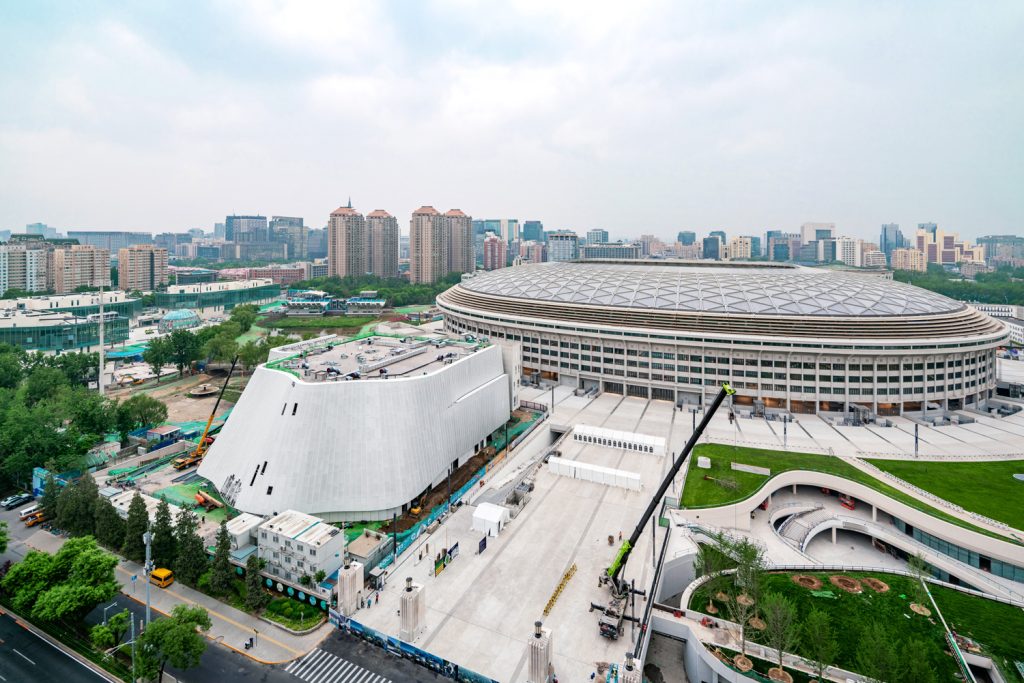
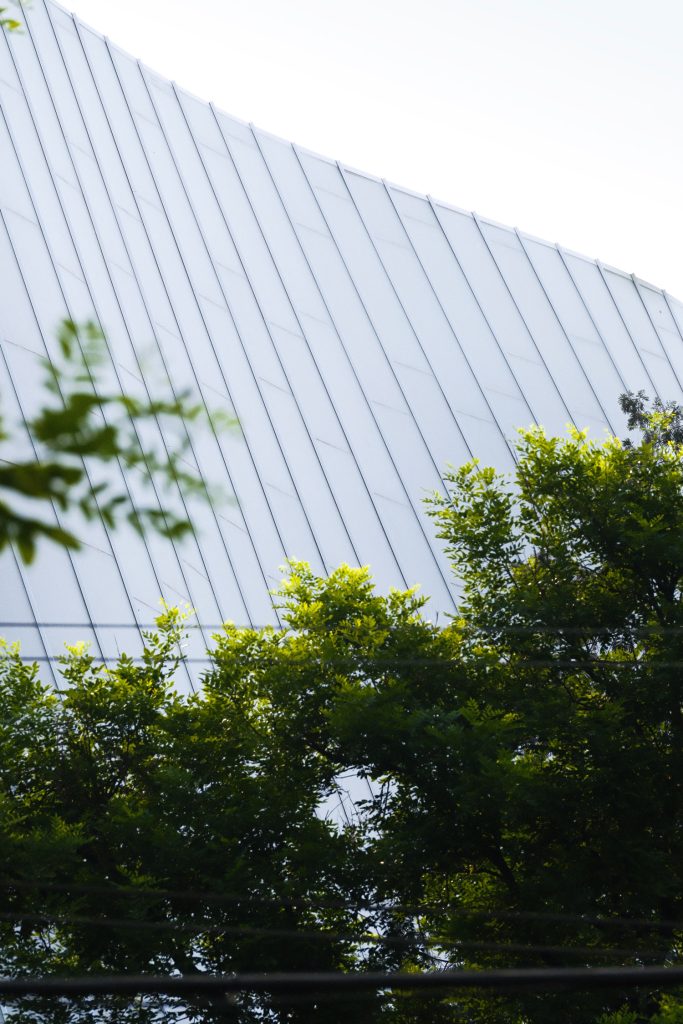
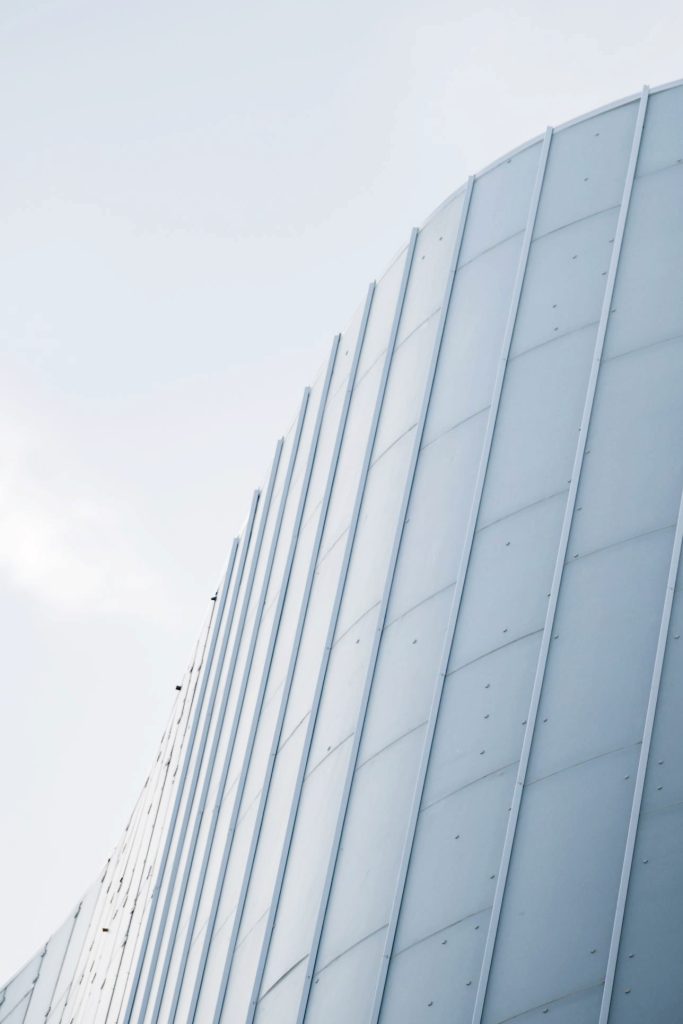
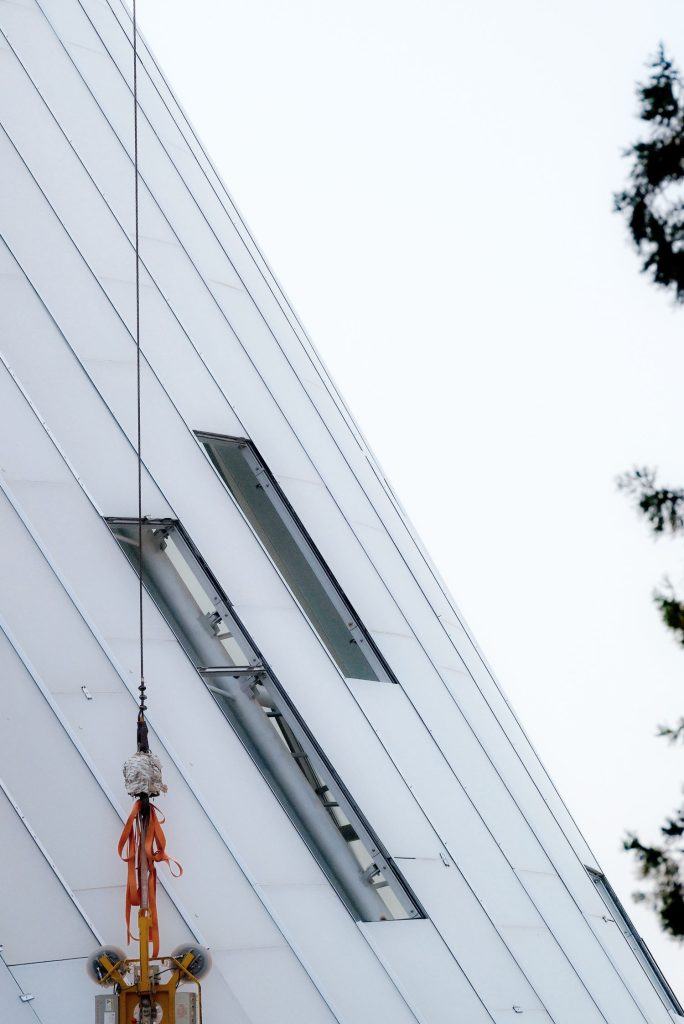
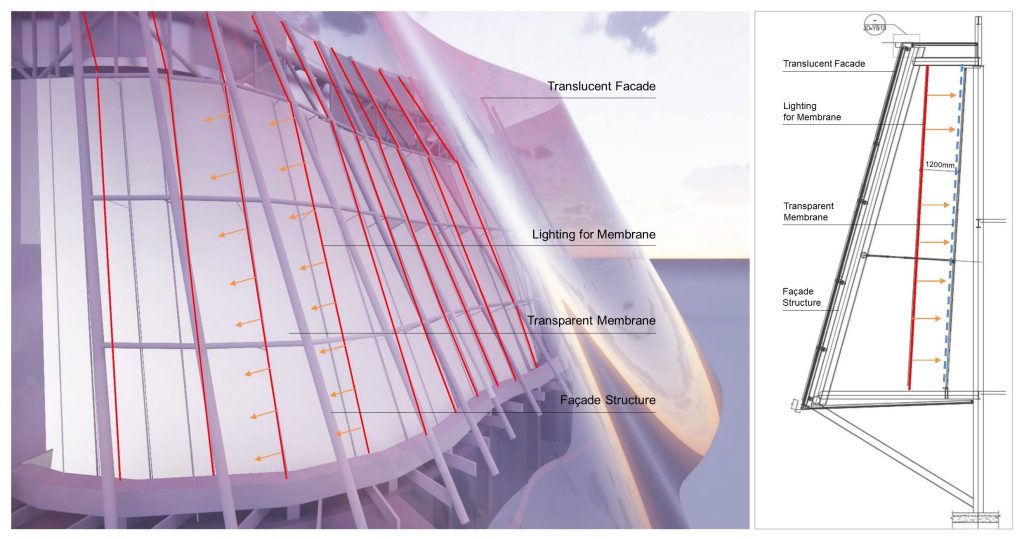
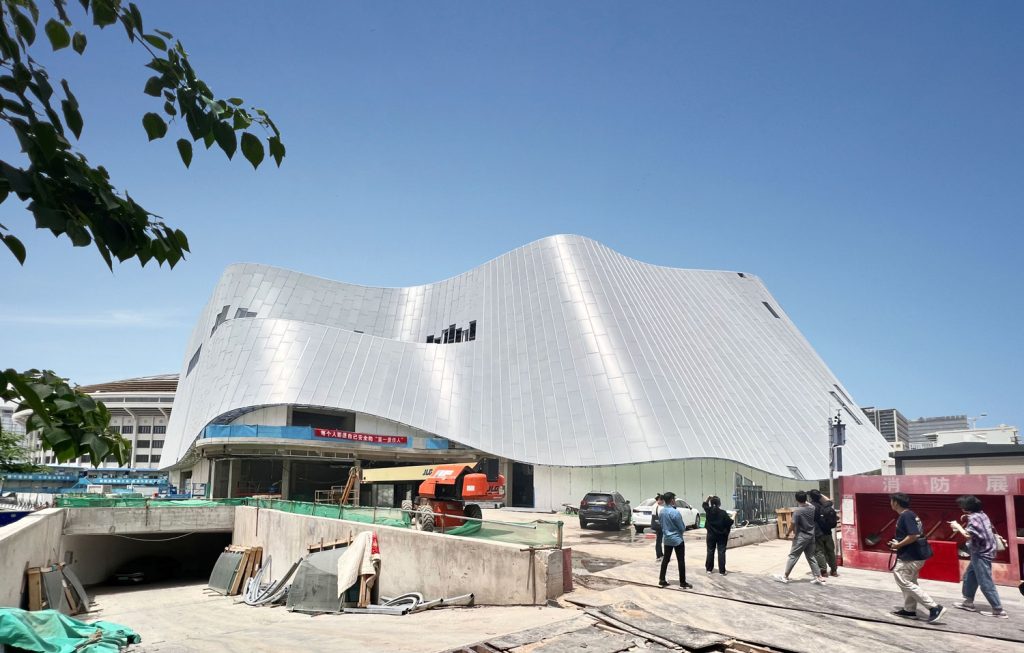
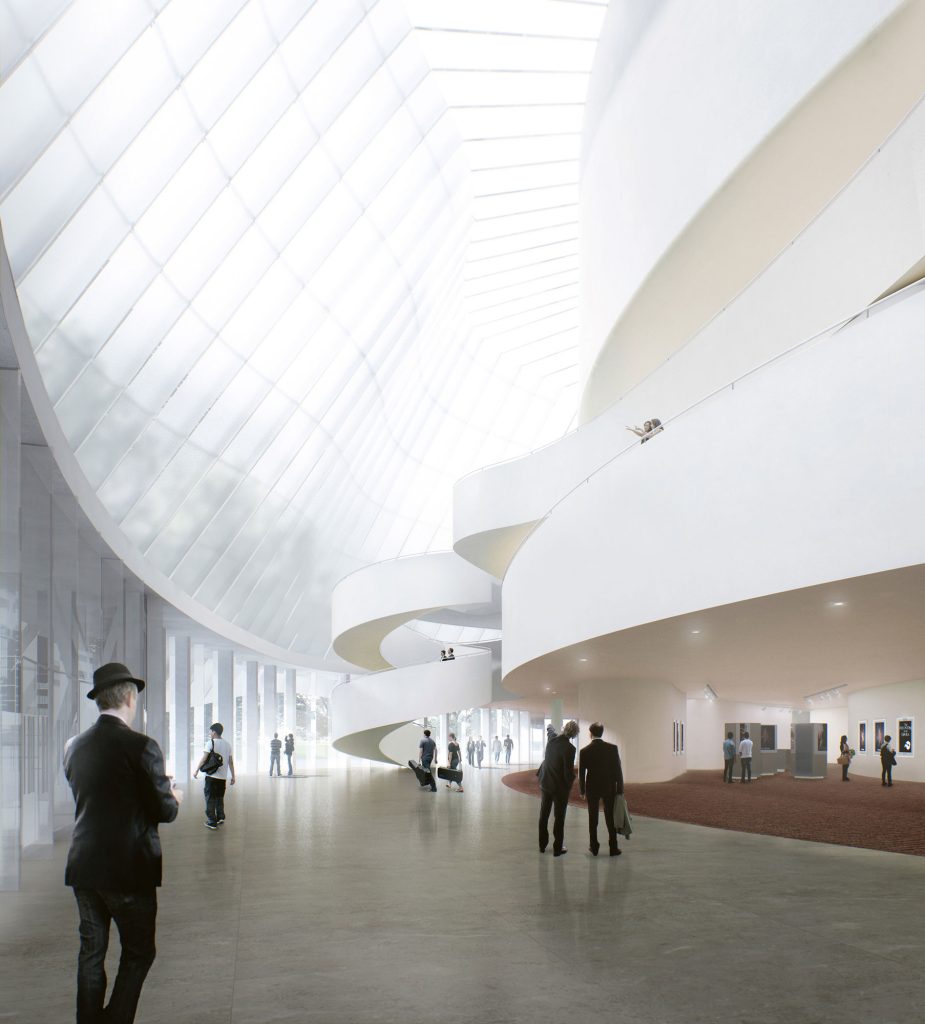
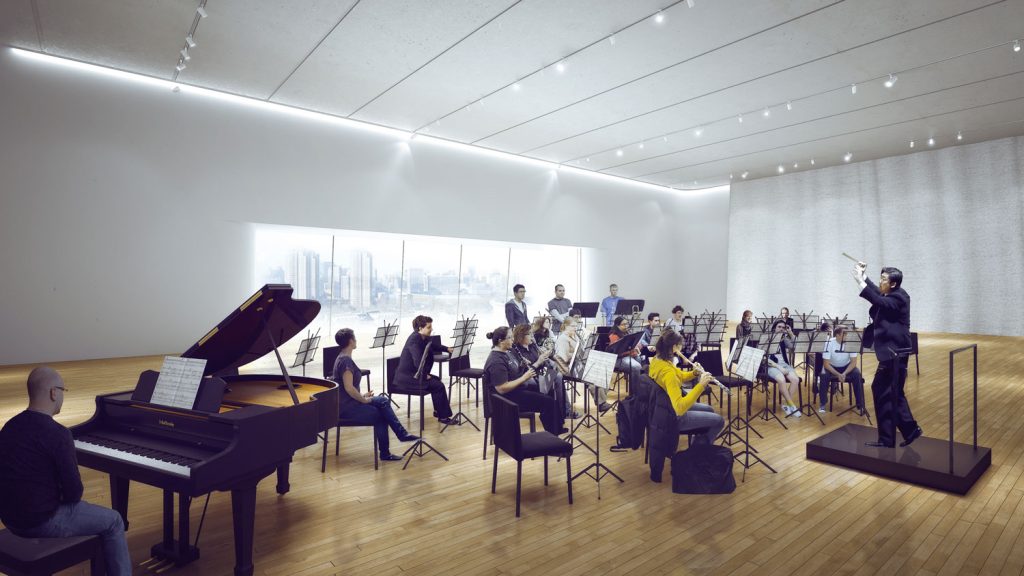
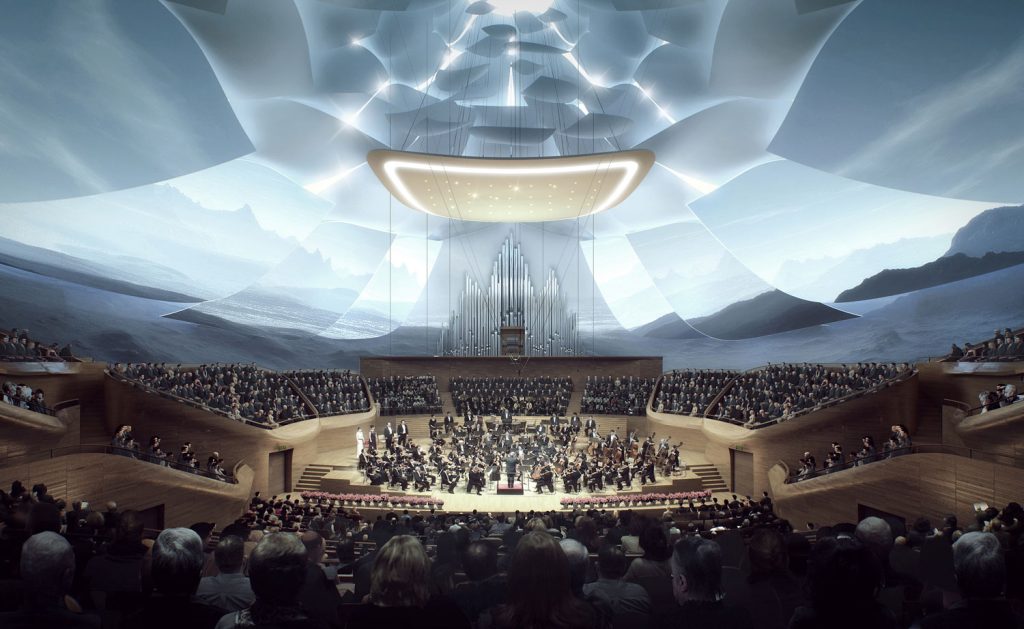
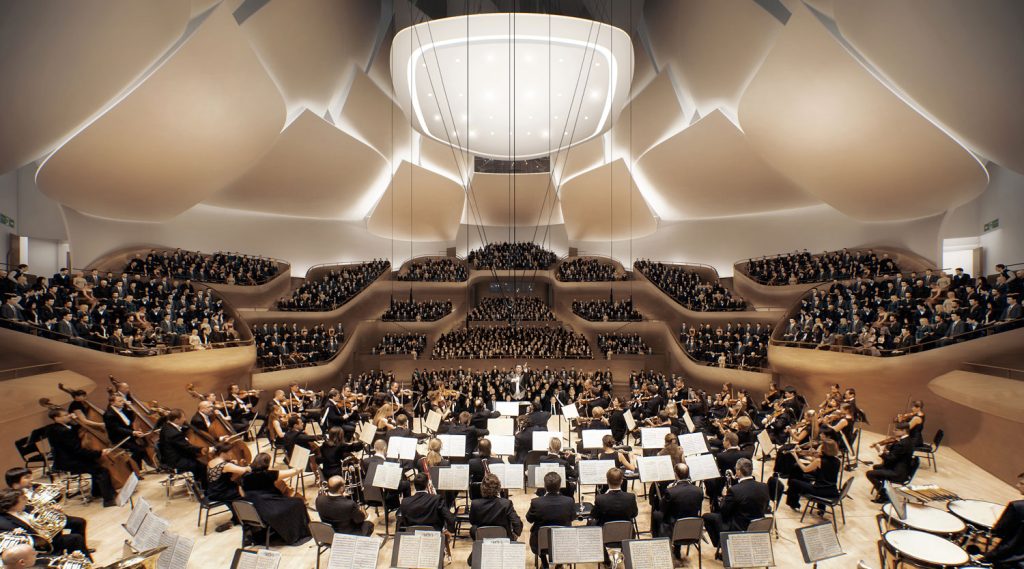
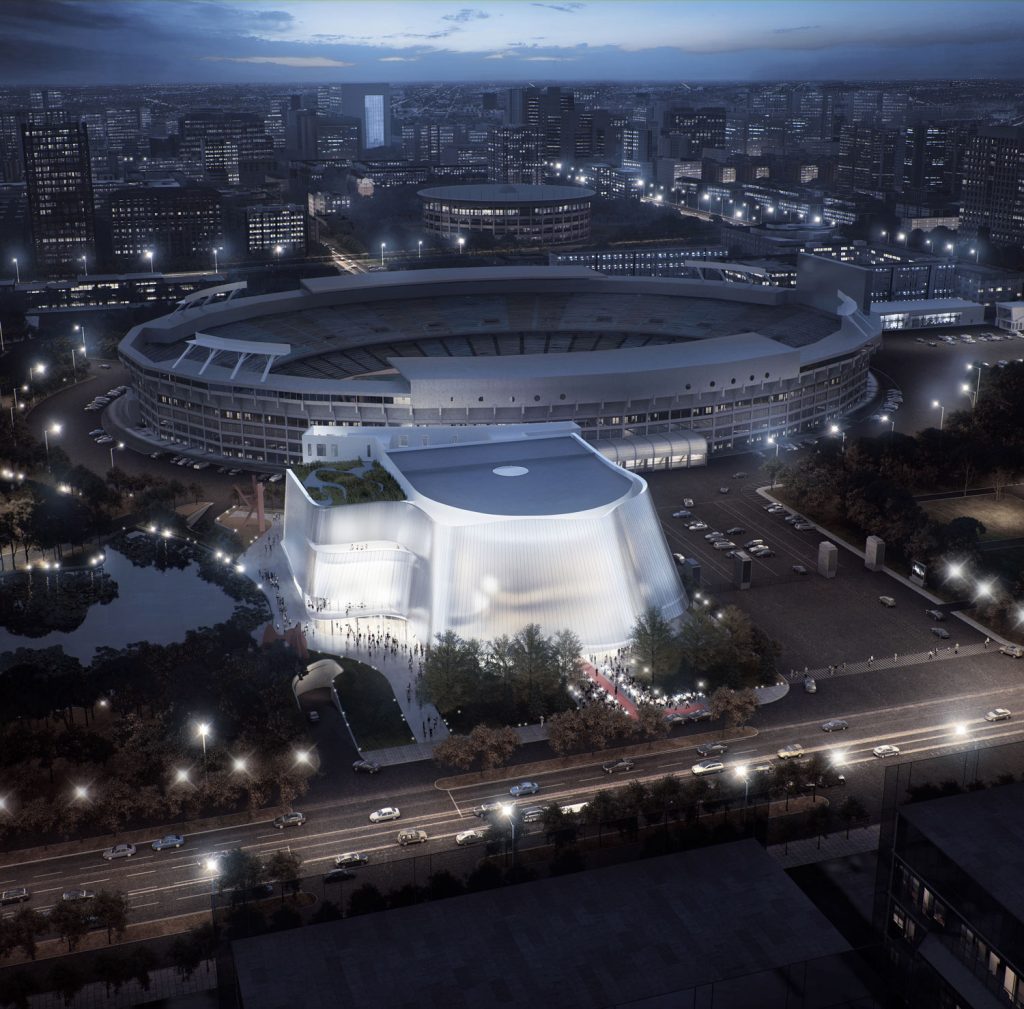
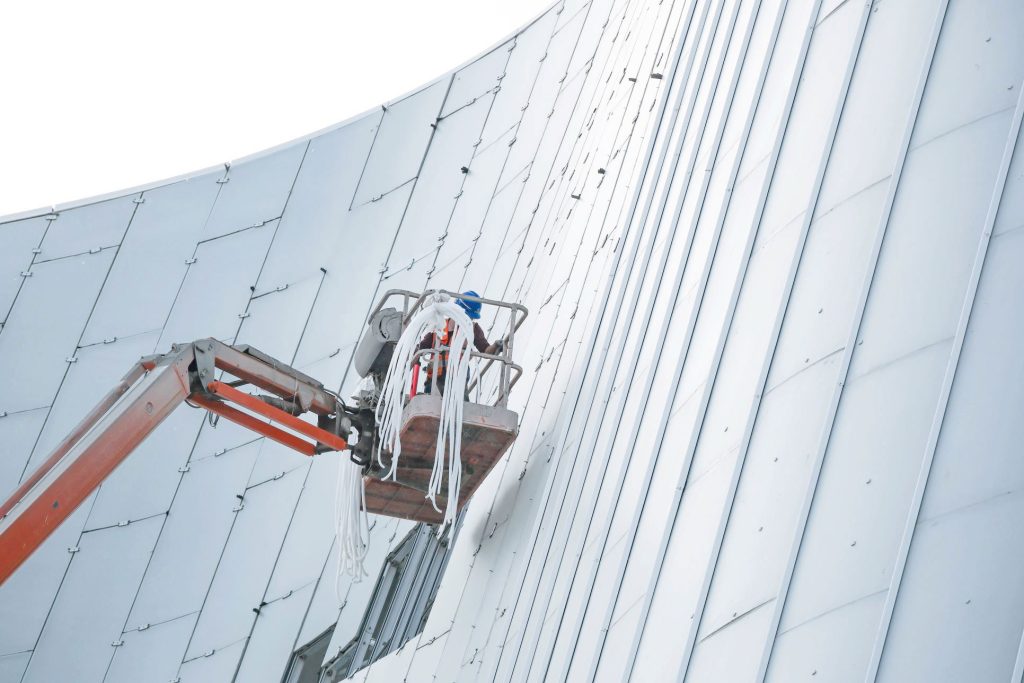
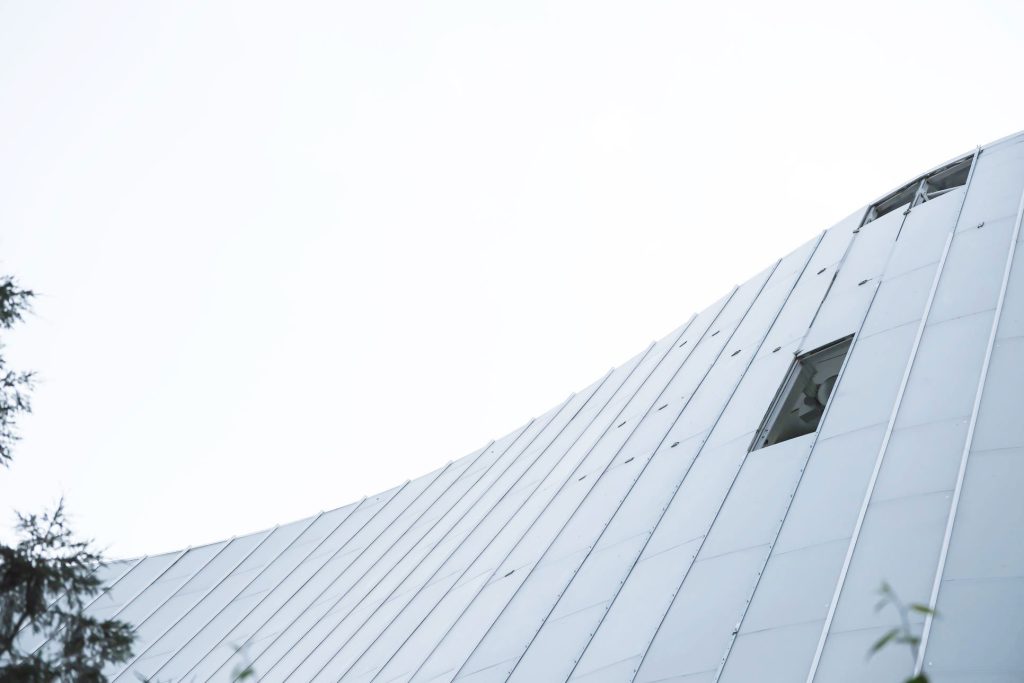
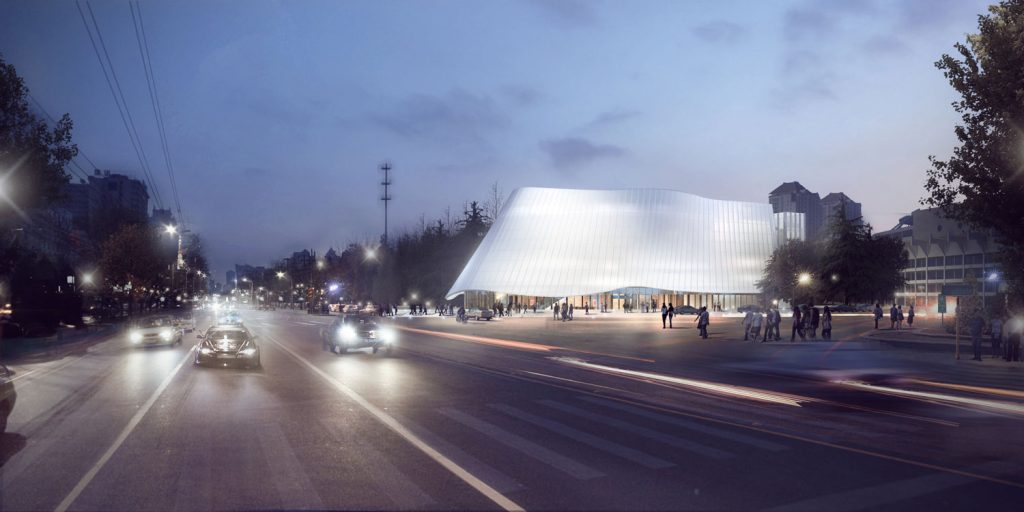
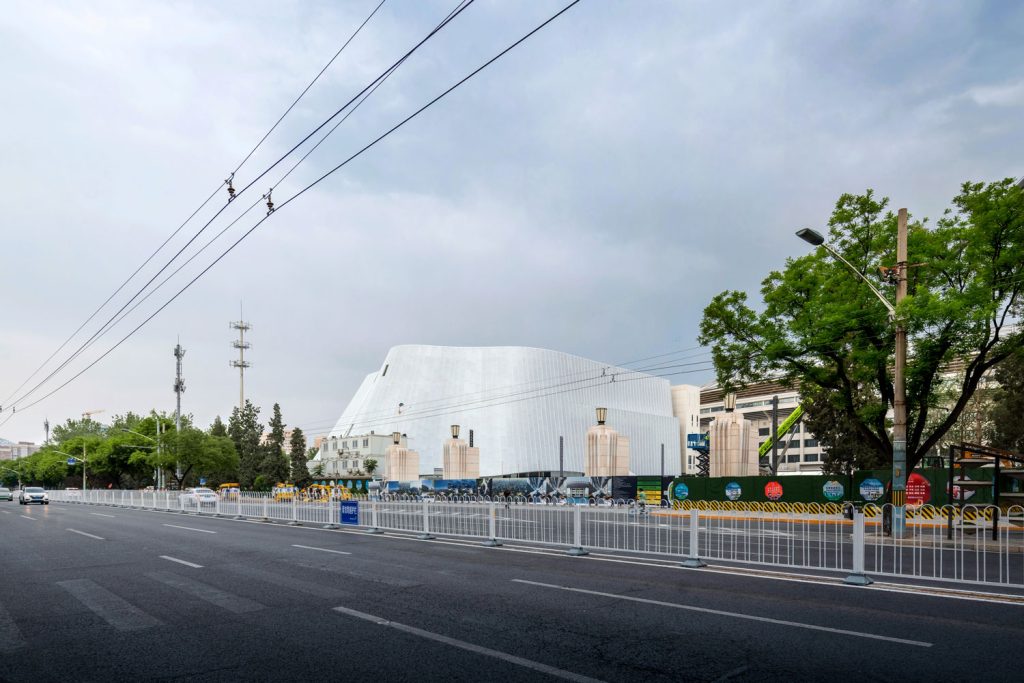

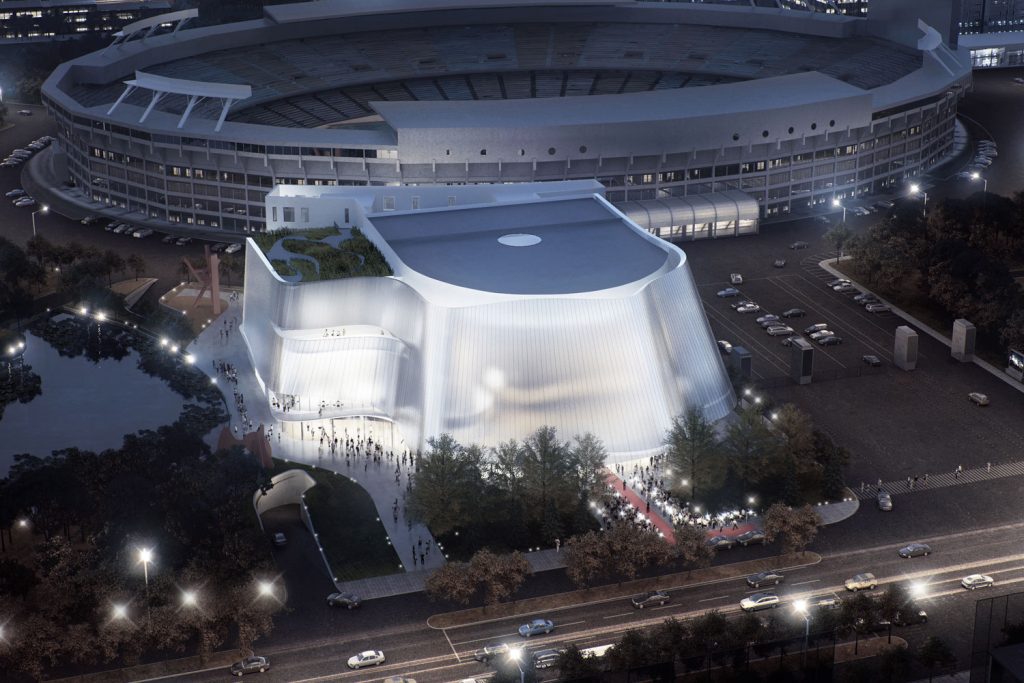




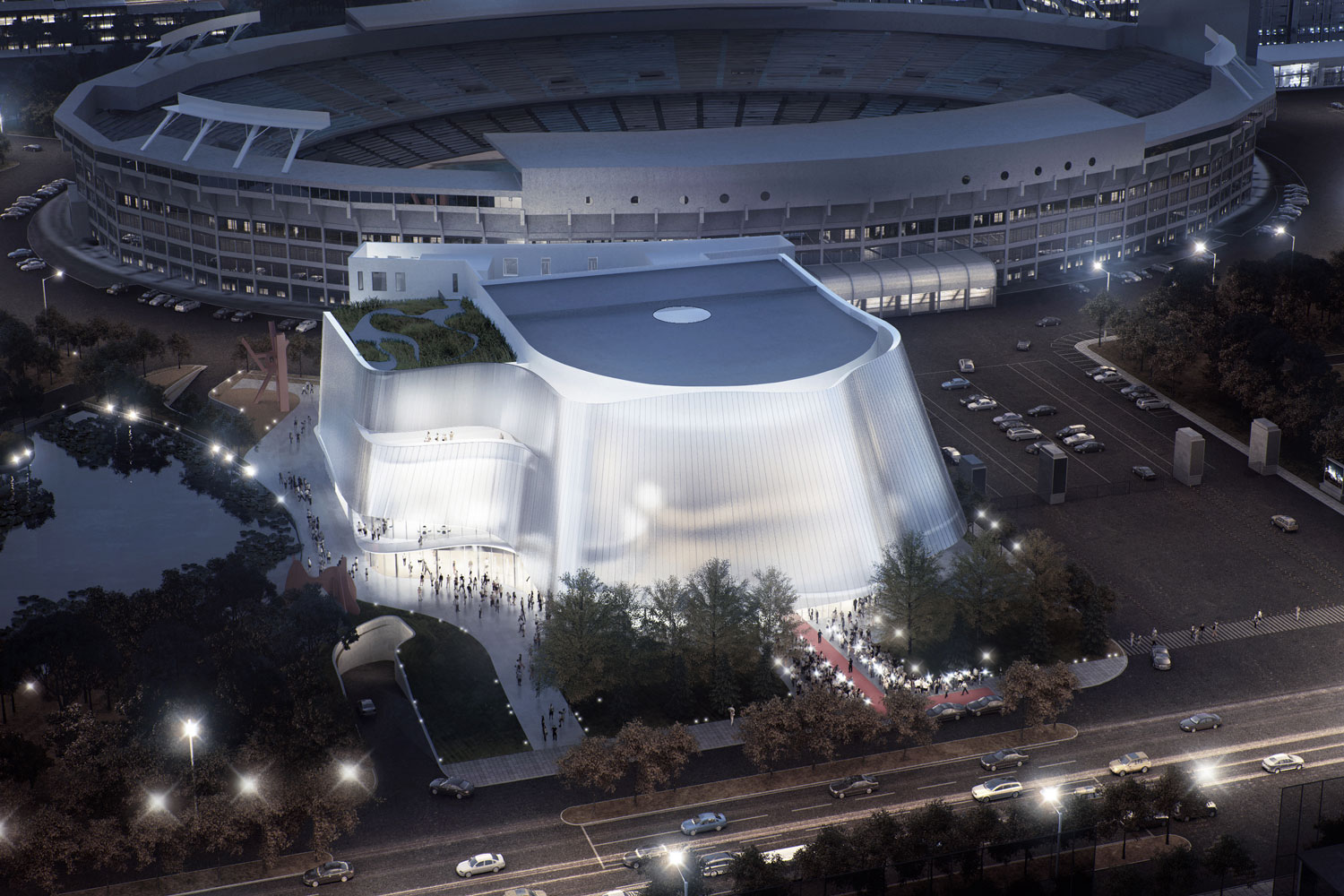














Leave a comment